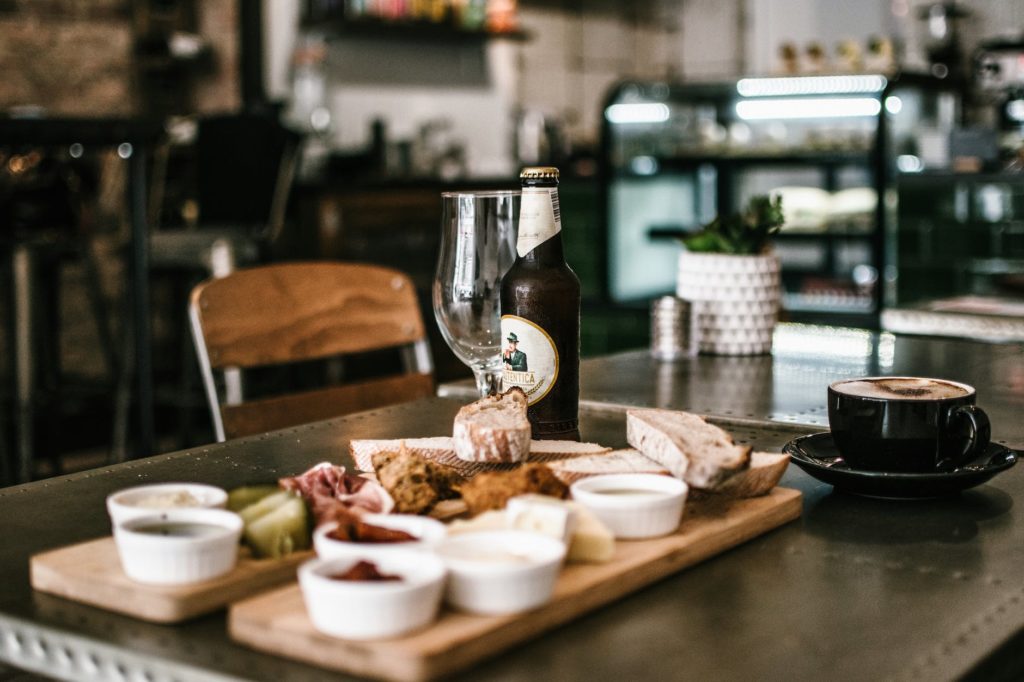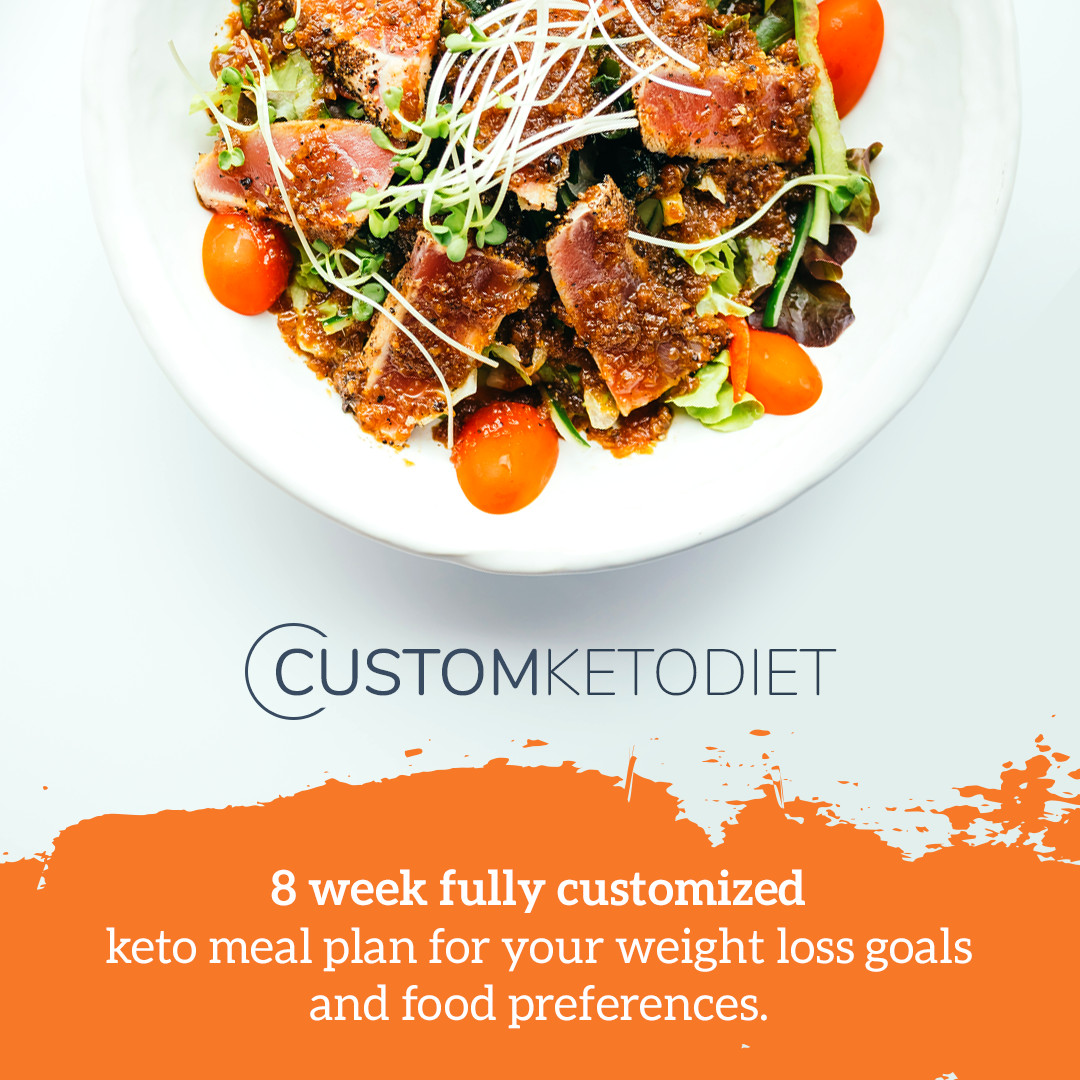If You Want to Lose Weight, Stay at Home
Some interesting new research indicates that you are better off staying home than eating in a restaurant if you are trying to lose weight. Given the fact that as many as two-thirds of Americans are overweight, and many people spend at least part of their day in restaurants, the findings are particularly troubling.
Restaurant appetizers tend to be extremely high in calories. For instance, a basket of fried onions can pack a whopping 2,000 calories. Now, while you might not devour the entire basket yourself, chances are you will have a good share of it if it is passed around the table.
A number of restaurants now offer free refills of soda. Soda glasses also tend to be large, meaning that you are receiving greater servings of this sugary beverage. Just the soda alone can put you far over your daily recommended allowance of calories for weight loss.
Critical Weight Issue
Another problem is that we have been conditioned to clean our plates. With plate sizes growing in restaurants, this becomes a critical weight issue. You may feel morally obligated to eat everything that’s placed in front of you—even if your weight and health will suffer as a result.
Once people become accustomed to large portions when eating out, they tend to increase their portion sizes at home as well. As a result, dieters can be sabotaged both in restaurants and at home. If you eat out more than once a week, toning down your portion sizes can be particularly difficult.
Perhaps the greatest challenge to any dieter is the restaurant buffet. There are so many different foods being offered, it is difficult to limit yourself. Also, since you can go back to the buffet as many times as you want, you may be tempted to overindulge. As a result, dieticians recommend either avoiding the restaurant buffet altogether or limiting your second portions to fruits and vegetables.
Yet another problem is the type of entrees served in restaurants. They tend to be rich in fat and calories. Fettucini Alfredo, prime rib, and fried chicken can all cause you to gain weight. A number of restaurants are now designating low-fat entrees on their menus, a trend that bodes well for the future. However, this experiment is still limited to a small portion of restaurants it has not yet become a widespread trend.
Of course, eating out does not necessarily mean eating at restaurants. It can also mean eating in the car, where you may be prone to non-nutritious snacking, or eating at parties held at the homes of your friends and relatives. At parties, diet saboteurs such as potato chips and cookies tend to be plentiful; at times, you may find such goodies hard to resist. Eating at home shortly before a party may be the best way to avoid gaining unwanted pounds.
What can you do if you are forced to eat out several times a week? Make sure that you stick to your diet plan. Don’t be tempted to indulge in the wrong kinds of foods “just this once.” Select entrees that are accompanied by vegetables, and resist the urge to order dessert. Consider eating only half of your entrée and boxing up the rest for your next meal. And don’t starve yourself prior to eating out. Such a tactic will cause you to overeat once you get to the restaurant. Following sensible eating patterns, both at restaurants and at home will help you to achieve your ideal weight.
DISCLAIMER:
This information is not presented by a medical practitioner and is for educational and informational purposes only. The content is not intended to be a substitute for professional medical advice, diagnosis, or treatment. Always seek the advice of your physician or other qualified healthcare providers with any questions you may have regarding a medical condition. Never disregard professional medical advice or delay in seeking it because of something you have read.
Since natural and/or dietary supplements are not FDA-approved they must be accompanied by a two-part disclaimer on the product label: that the statement has not been evaluated by FDA and that the product is not intended to “diagnose, treat, cure or prevent any disease.”





